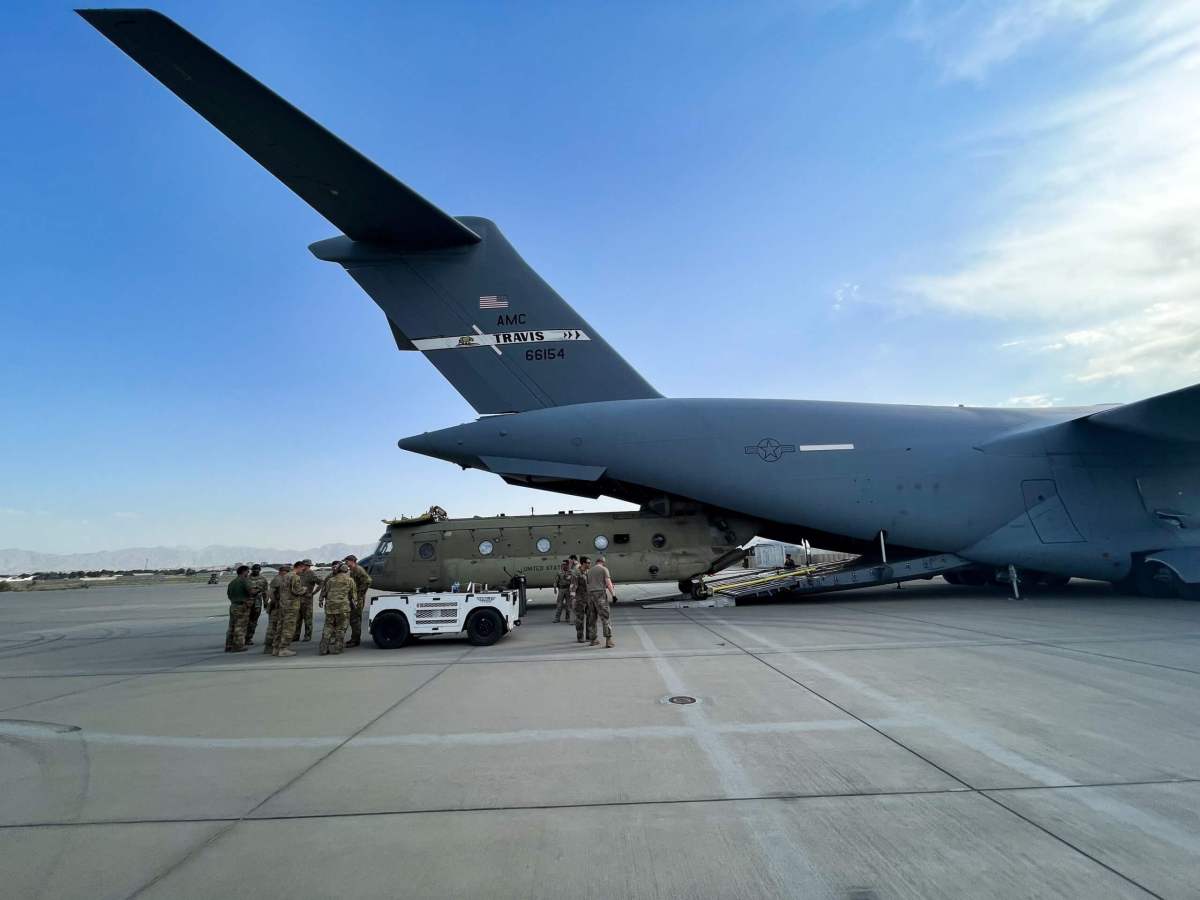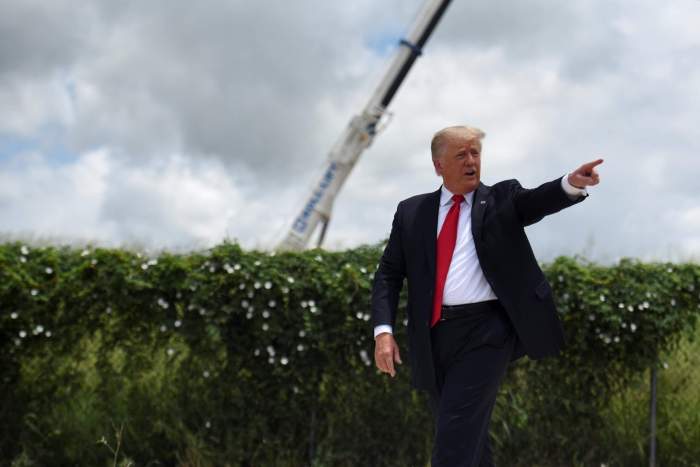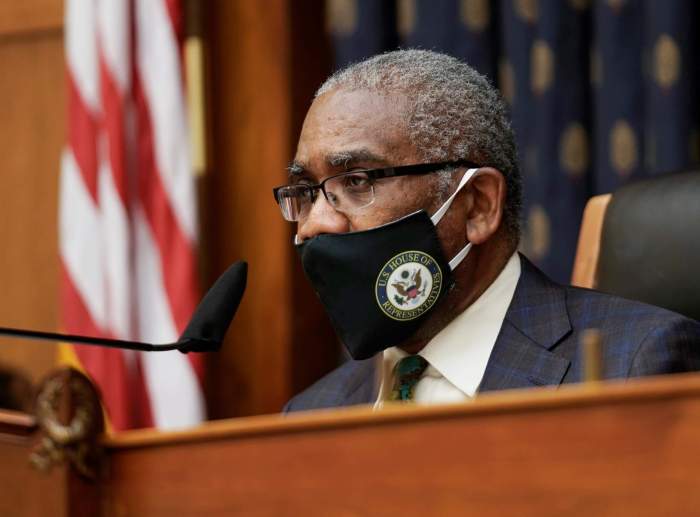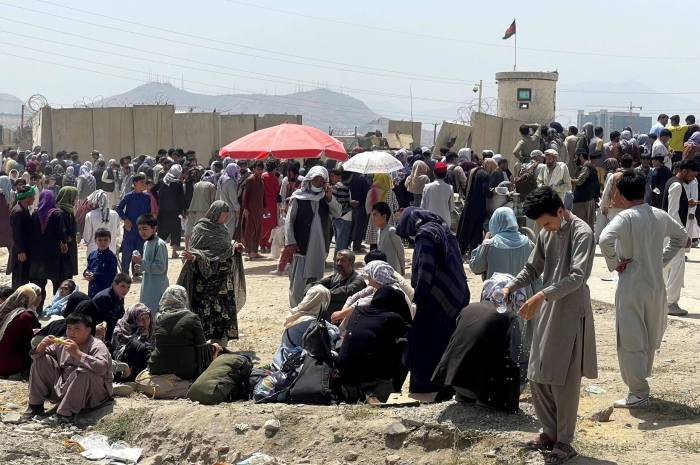The United States completed the withdrawal of its forces from Afghanistan, the Pentagon said on Monday, after a chaotic evacuation of thousands of Americans and Afghan allies to close out U.S. involvement there after 20 years of conflict.
The operation came to an end before the Tuesday deadline set by President Joe Biden, who has drawn heavy criticism from both Democrats and Republicans for his handling of Afghanistan since the Taliban made rapid advances and took over Kabul earlier this month.
The withdrawal was announced by General Frank McKenzie, commander of the U.S. Central Command, who told a Pentagon briefing that the chief U.S. diplomat in Afghanistan, Ross Wilson, was on the last C-17 flight out.
Having failed to anticipate that the Taliban would so quickly conquer the country, Washington and its NATO allies were forced into a hasty exit. They leave behind thousands of Afghans who helped Western countries and might have qualified for evacuation.
McKenzie said the final flights also did not include some dozens of Americans who could not get to the airport.
“There’s a lot of heartbreak associated with this departure. We did not get everybody out that we wanted to get out. But I think if we’d stayed another 10 days, we wouldn’t have gotten everybody out,” McKenzie told reporters.
More than 122,000 people have been airlifted out of Kabul since Aug. 14, the day before the Taliban regained control of the country two decades after being removed from power by the U.S.-led invasion in 2001.
The United States and its Western allies scrambled to save citizens of their own countries as well as translators, local embassy staff, civil rights activists, journalists and other Afghans vulnerable to reprisals.
The evacuations became even more perilous when a suicide bomb attack claimed by Islamic State – enemy of both the West and the Taliban – killed 13 U.S. service members and scores of Afghans waiting by the airport gates on Thursday.
Biden promised after the bloody Kabul airport attack to hunt down the people responsible.
The departure took place after U.S. anti-missile defenses intercepted rockets fired at Kabul’s airport.
Two U.S. officials said “core” diplomatic staff were among 6,000 Americans to have left.
A U.S. official said initial reports did not indicate any U.S. casualties from as many as five missiles fired on the airport. Islamic State claimed responsibility for the rocket attacks.
In recent days, Washington has warned of more attacks, while carrying out two air strikes. It said both hit Islamic State targets, one thwarting an attempted suicide bombing in Kabul on Sunday by destroying a car packed with explosives, but which Afghans said had struck civilians.
Tuesday’s deadline for troops to leave was set by Biden, fulfilling an agreement reached with the Taliban by his predecessor, Donald Trump to end the United States’ longest war.
The United States said on Saturday it had killed two Islamic State militants with a drone attack. On Sunday, U.S. officials said a drone strike killed a suicide car bomber suspected of preparing to attack the airport.
The Democratic president has stuck to his goal of ending America’s longest war, saying the United States long ago achieved the objectives it set when the U.S.-led invasion overthrew the Taliban in 2001, punishing them for harboring al Qaeda militants who masterminded the Sept. 11 attacks on the United States.
Evacuations
Most of the more than 20 allied countries involved in airlifting Afghans and their citizens out of Kabul said they had completed evacuations by Friday. Britain, closely involved in the war from the start, said on Saturday it had finished evacuations and withdrawn the last of its troops.
Thousands more Afghans have been left behind, however, and the chaotic scenes outside the airport for the past two weeks, where thousands thronged every day to try to get past the gates, were a bitter coda to the West’s two-decade involvement in Afghanistan.
While the Taliban have sought to present a more moderate face to the world and erase memories of the harsh fundamentalist rule they practiced in the 1990s, the desperation by many Afghans to flee the country showed clearly the fear inspired by the Islamist group.
Their seizure of the city on Aug. 15 after the Western-backed government collapsed without a fight and President Ashraf Ghani fled, completed a lightning campaign that saw them sweep up all the country’s major cities in a week.
It is unclear whether the U.S. pullout represents the end of American military involvement in Afghanistan – given Washington’s interest in punishing Islamic State for the airport attack, and keeping the country from becoming a haven for militants.
Now in full control of the country, the Taliban must revive a war-shattered economy but without being able to count on the billions of dollars in foreign aid that flowed to the previous ruling elite and fed systemic corruption.
Cut off from some $9 billion in foreign reserves and missing thousands of educated specialists who have joined the exodus, the inexperienced new administration must deal with a collapse in the afghani currency and rising food inflation.
Banks remain closed, despite promises they would reopen, and the economic hardship facing those left behind has worsened dramatically.
At the same time, the population outside the cities is facing what U.N. officials have called a catastrophic humanitarian situation worsened by a severe drought. The U.N. refugee agency says up to half a million Afghans could flee their homeland by year-end.




































